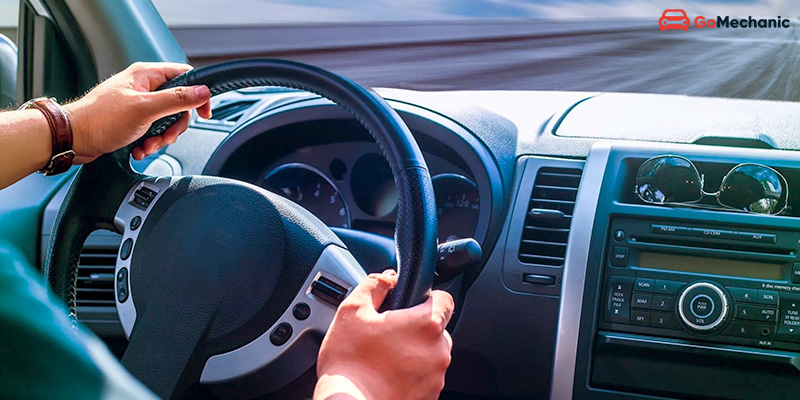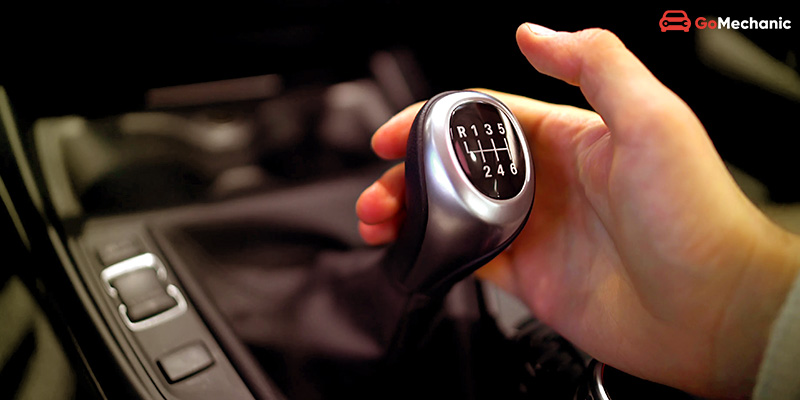Driving is more than just a means of transportation; it’s an experience influenced by various factors, including driving style. Understanding the impact of different driving styles on vehicle components, such as the clutch, is crucial for maintaining optimal performance and longevity. By exploring the relationship between driving habits and clutch wear, drivers can make informed decisions to extend the lifespan of their vehicles and minimise maintenance costs.
What is Clutch Wear?
Clutch wear refers to the gradual wearing down of the clutch components in a vehicle over time due to friction and usage. The clutch is a critical part of a manual transmission system that engages and disengages the engine’s power from the transmission to allow for gear changes and smooth acceleration.
Several factors contribute to clutch wear:
- Friction: Clutch wear is primarily caused by friction between the clutch components, such as the clutch disc, pressure plate, and flywheel, during gear shifts and starting the vehicle.
- Driving Habits: Aggressive driving, like rapid acceleration and frequent gear changes, along with improper clutch use such as riding the clutch or resting your foot on the pedal, can speed up clutch wear.
- Traffic Conditions: Stop-and-go traffic and driving in hilly areas require more frequent clutch engagement and disengagement, leading to increased wear.
- Maintenance: Neglecting regular maintenance tasks, such as adjusting clutch pedal free play and replacing worn components, can accelerate clutch wear and possibly result in failure.
- Vehicle Load: Carrying heavy loads or towing trailers adds extra strain on the clutch system, causing it to wear out faster.
Types of Driving Styles: Their Impact & Comparative Analysis

Aggressive Driving:
- Aggressive driving involves excessive revving, frequent gear shifting, harsh acceleration, and abrupt braking.
Impact:
- These behaviours put significant strain on the clutch mechanism, leading to accelerated wear and reducing its lifespan.
Comparative Analysis Statistical data:
Statistical data reveals a notably higher incidence of clutch failures in vehicles driven aggressively compared to other styles.
Defensive Driving:
- Defensive driving emphasises smooth acceleration and braking, minimising unnecessary gear changes.
Impact:
- By avoiding sudden movements, defensive driving reduces wear and tear on the clutch, prolonging its lifespan.
Comparative Analysis Statistical data:
Statistical evidence indicates fewer instances of clutch wear and replacements in vehicles driven defensively.
Eco-Friendly Driving:
- Eco-friendly driving focuses on maintaining consistent speeds, gentle acceleration, and efficient use of higher gears.
Impact:
- This driving style minimises strain on the clutch mechanism, helping to preserve its durability and extend its lifespan.
Comparative Analysis Statistical data:
Statistical data supports the observation that vehicles driven in an eco-friendly manner exhibit the least amount of clutch wear and enjoy the longest lifespan for their clutches.
Tips to Reduce Clutch Wear

- Maintain Consistent Speeds: Anticipate traffic conditions to avoid unnecessary gear changes, minimising wear on the clutch.
- Use Handbrake on Inclines: Prevent excessive clutch wear by using the handbrake or parking brake when stationary on hills instead of relying solely on the clutch.
- Minimise Stop-and-Go Driving: Plan routes to minimise frequent stopping and starting, which can increase clutch wear, especially in traffic-heavy situations.
- Shift to Neutral at Red Lights: Reduce clutch engagement and wear during extended stops by shifting into neutral and releasing the clutch at traffic signals.
- Ensure Full Clutch Engagement: Before accelerating, ensure the clutch pedal is fully engaged to prevent slipping and premature wear on the clutch.
Importance of Driving Style Awareness
- Cost savings: Mindful driving reduces wear on vehicle parts like the clutch, lowering maintenance expenses.
- Environmental impact: Efficient driving decreases fuel consumption and emissions, helping to protect the environment.
- Improved vehicle performance and safety: Conscious driving minimises the risk of mechanical failures and accidents, enhancing overall safety and performance.
Future Trends
- Automated Manual Transmissions (AMTs): AMTs automate gear shifting, reducing manual clutch engagement and minimising clutch wear for prolonged lifespan.
- Dual-Clutch Transmissions (DCTs): DCTs use two clutches for smoother shifts, with advanced control algorithms optimising clutch engagement to reduce wear and tear.
- Electric and Hybrid Vehicles: Electric and hybrid propulsion systems eliminate conventional clutch mechanisms, resulting in reduced wear and longer lifespan due to fewer moving parts and regenerative braking.
- Advanced Materials and Lubricants: Ongoing research in materials science and lubrication technology aims to develop materials and lubricants with enhanced durability and reduced friction in clutch systems, promising to mitigate clutch wear in future automotive applications.
Conclusion
This blog highlights the significant impact of driving styles on clutch wear, emphasizing how aggressive, defensive, and eco-friendly driving habits affect the longevity and performance of a vehicle’s clutch. Aggressive driving accelerates wear, whereas defensive and eco-friendly driving styles are shown to preserve the clutch’s lifespan. It offers practical tips to minimize clutch wear, such as maintaining consistent speeds and using the handbrake on inclines. The importance of driving style awareness is underscored by potential cost savings, environmental benefits, and enhanced vehicle safety. Future trends suggest a shift towards automated transmissions and advanced materials to further reduce clutch wear and improve efficiency.





